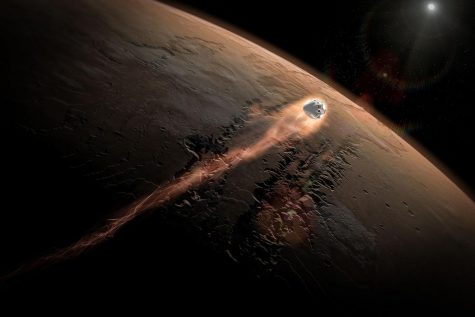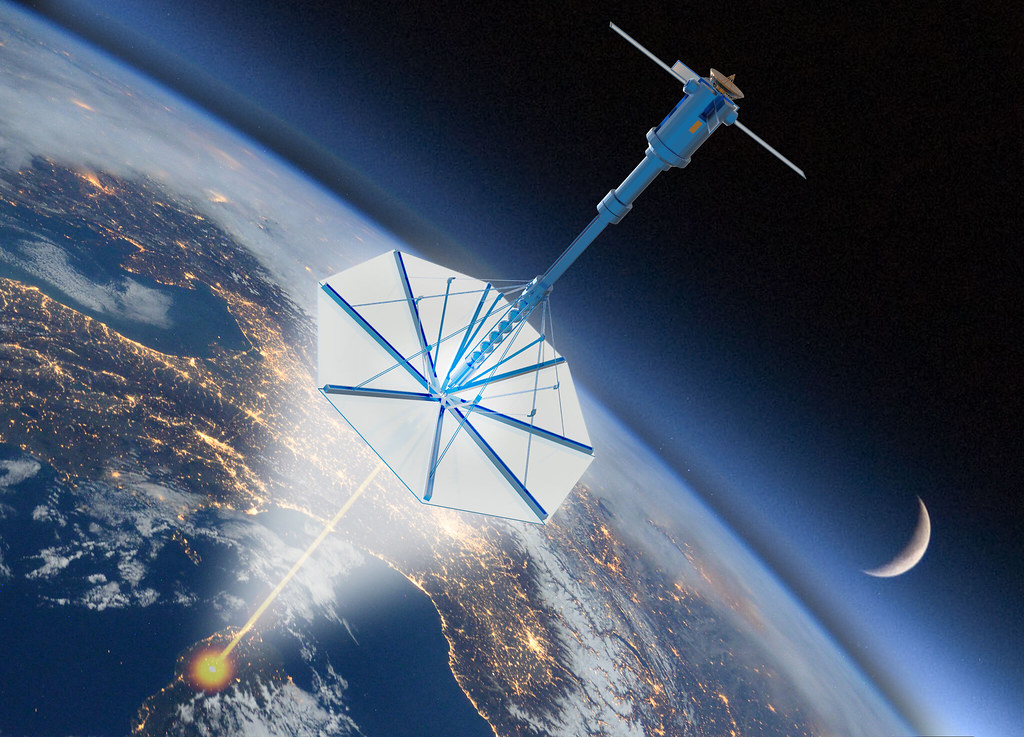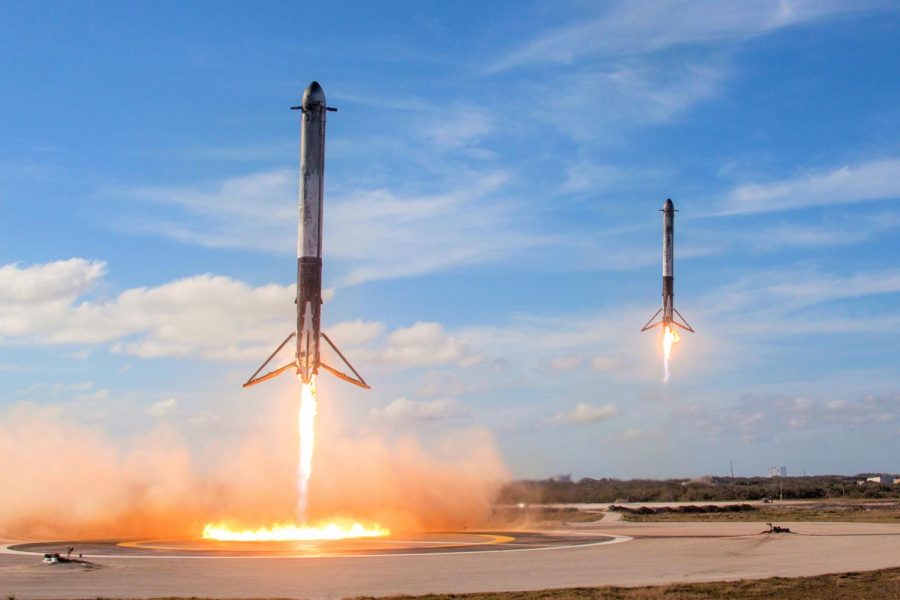Falcon Heavy and the Future of Space Travel
By now, the major excitement about the successful Falcon Heavy launch by SpaceX last month has begun to dial down. Delivering over two million kilograms of thrust at liftoff, or eighteen 747 aircrafts at full power, the rocket is the most powerful rocket ever made. However, the true value in the event is not just the incredible advancement in technology displayed by it, but also its effect on the world. The rocket’s flight was seen by millions around the globe, inspiring children and adults alike. Such a major event in space travel hasn’t occurred since the Lunar Landing in 1969. In other words, our generation have not seen anything like this in our entire lives. “Most space organizations, government or commercial, have set their sights too low”, said Elon Musk, CEO of SpaceX in an interview with The Verge on the big day. Despite this, it seems like the launch will be the springboard for a massive leap in space travel just around the corner.
Here are some of the planned events that are coming up in the next two decades:
2021 – Bigelow Aerospace’s Space Hotel:
Bigelow Aerospace, an American Aerospace startup owned by billionaire Robert T. Bigelow plans to send the first “space hotels” into orbit by 2021. These hotels will have the capacity of six people and be able to orbit the moon and come back.
2022 – China’s First Space Station:
By 2022, the China National Space Administration (CNSA) has goals to expand its frontiers in space exploration and launch their very own permanent manned space station.
2022 – SpaceX Begins Sending Cargo to Mars:
In the same year, SpaceX has aspirations to send their first cargo mission to Mars, it’s intentions being to set down basic life support infrastructure and confirm that the manned mission can be properly accomplished according to plan.
2024 – SpaceX Sends First Manned Mission to Mars:
Two years later, SpaceX wants to launch the first ever manned mission to the red planet. This will arguably be the biggest ever event in space travel, and be a very giant leap for mankind. If everything goes according to plan, the rocket’s crew should arrive on Mars in 2025

2026 – Manned Mission to an Asteroid:
NASA has an intriguing mission planned for 2026. In this year, they plan on sending a probe to the asteroid Psyche 16, a massive metallic asteroid approximately 252 kilometers in diameter that was discovered over 100 years ago. Why spend time and effort to send something to a big piece of rock? Well, experts estimate that the asteroid is worth approximately $10,000 quadrillion, mostly because of the plethora of rare materials it is made up of, such as iron and platinum. To put this into perspective, the entire global economy is worth just $78 trillion.

2036 – The Breakthrough Starshot Project:
Finally, this is the mission that I personally am the most excited about. Until just a couple years ago, scientists thought that there wouldbe no way for us to feasibly get to our closest solar system, Alpha Centauri. The rocket propulsion technology would simply not allow for such long distances of travel. However, recent discoveries mean that there could be a new way to get there: light-powered nanocrafts, tiny probes connected to light sails, which would be pushed by a light beam to reach unthinkable speeds of up to 160 kilometers per hour. This technology would allow us to realistically reach Alpha Centauri. These probes would then be sent to the recently discovered planet of Proxima B. It is in the “goldilocks zone” of Alpha Centauri, the area in a solar system that a planet has to be in for liquid water to exist. In other words, there is a genuine chance that there is some form of life on the planet. NASA plans to use this technology in 2036. While the project is still in it’s early stages, a successful breakthrough starshot mission could advance society in ways that we could never imagine.

All in all, it feels like after a relatively long break, the gears have begun to turn once again for space travel. Each of the events above will surely be extremely exciting to watch happen, and can be something to look forward to in the coming years.





